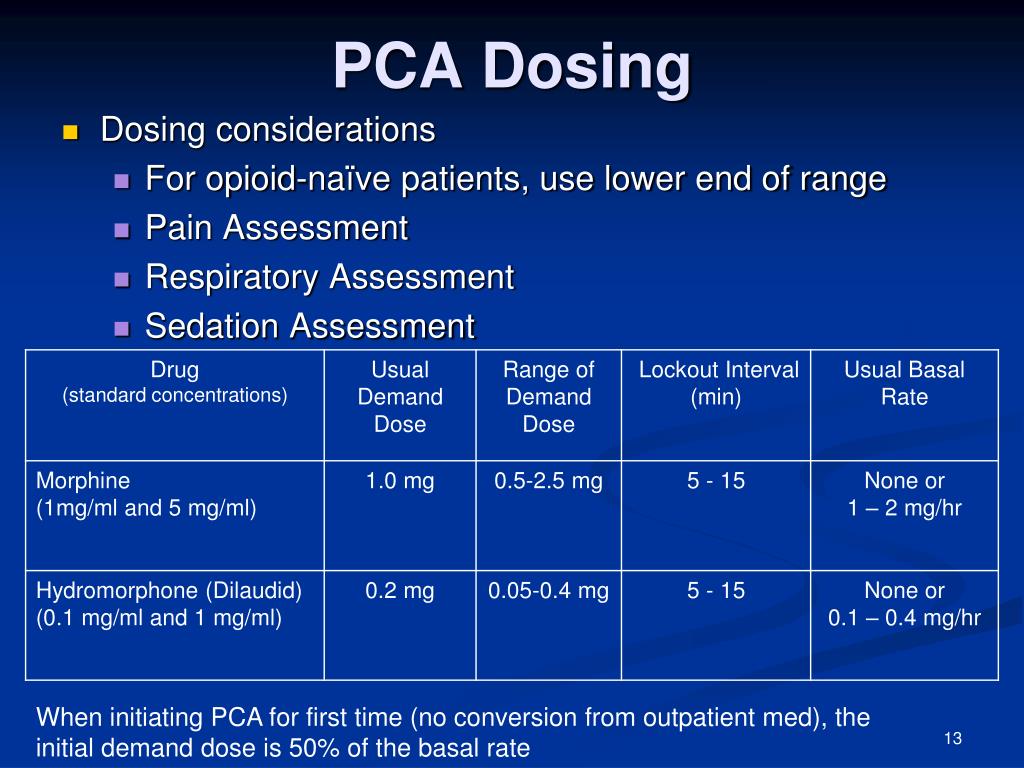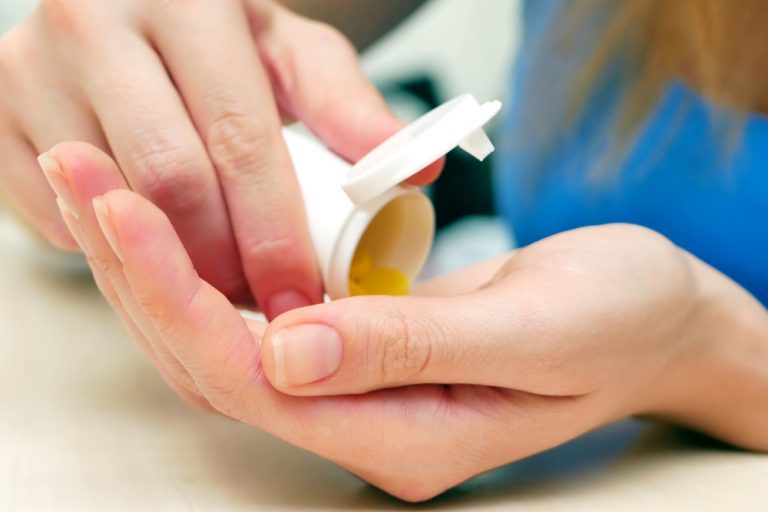
20 When naloxone is administered to patients who are opioid-dependent or acutely intoxicated with opioids, it can precipitate an acute withdrawal syndrome, the symptoms of which range from mild behavioral disturbances to reports of cardiovascular instability and pulmonary edema. 27 Adams and colleagues also found that among patients who did experience possible naloxone-associated symptoms, there was no relationship to dose. 26 Significant changes in systolic blood pressure and respiratory rate without a significant change in pulse were only observed in healthy volunteers when given naloxone at doses of 2–4 mg/kg. 6, 19 – 25 At high doses of 2 mg/kg IV or greater, patients experienced only behavioral symptoms such as dizziness, paresthesias, sweating, yawning, nausea, inertia and diminished cognitive performance without serious side effects. 12 Naloxone has no effect at standard doses in opioid-naïve or non-opioid-dependent patients in doses up to 1 mg/kg. In 2015 the American Association of Poison Control Centers reported no fatalities due to naloxone other than buprenorphine/naloxone combinations. Naloxone is considered a safe medication.

15 Naloxone is not typically administered orally due to extensive first-pass metabolism in the liver that renders much of the drug inactive, although efficacy has been reported for 1000–3000 mg doses and the duration of action has been reported to be 6–24 h. 12 – 14 Formulations for many other routes of administration are currently under development, including sublingual and buccal. It is approved for administration by a variety of routes, including intravenous (IV), intramuscular (IM), subcutaneous (SQ) and intranasal (IN), but is also administered via inhalation following nebulization or endotracheal tube in intubated patients. 11 Naloxone hydrochloride is a competitive mu-opioid receptor antagonist historically used only by trained clinical professionals for the reversal of opioid overdose in an emergency or inpatient setting. Naloxone was developed in the early 1960s as a novel opioid antagonist with fewer side effects than its predecessors. This review will evaluate the literature to address the question of optimal naloxone dosing to reverse opioid-induced respiratory depression while minimizing patient risk. 10 In a non-medical setting, the ideal of gradually titrating naloxone to effect is not practical, thus a single standardized initial dose for out-of-hospital naloxone rescue has been sought. 9 In a hospital setting, this medication is typically administered initially in a low dose, which is then titrated to optimize reversal of opioid-induced respiratory depression while attempting to minimize the risk of withdrawal. Despite the long-standing use of naloxone to reverse the symptoms of opioid overdose or toxicity, appropriate dosing remains controversial, with varying doses recommended over time and by medical specialty.

5 – 8 There is concern about the precipitation of opioid-withdrawal syndrome following its administration in the setting of prior opioid exposure. Naloxone overall is a safe medication, and is not known to cause harm when administered in typical doses to opioid-naïve patients. 2 Efficacy of reversal following naloxone administration by laypersons is high, having been reported at 75–100%, 3 and in general take-home naloxone programs are considered effective for reducing opioid-overdose mortality. In an attempt to expedite treatment and improve outcomes following overdose, naloxone is increasingly being utilized in a pre-hospital setting by both emergency personnel and prescribed to laypersons for out-of-hospital administration.

1 Opioid overdose induces respiratory depression that can lead to hypoxia, hypercarbia and death. Opioid overdoses have quadrupled in the past 15 years, and in 2015 there were over 33,000 opioid-related deaths in the United States.


 0 kommentar(er)
0 kommentar(er)
